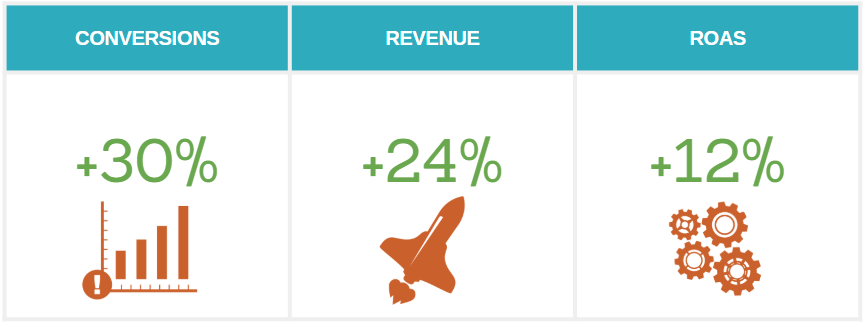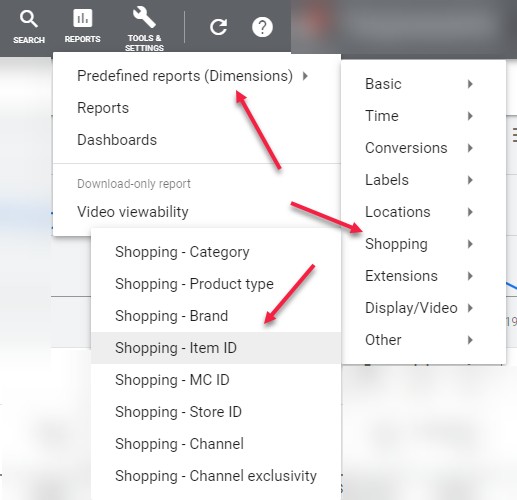Some call it “Cyber 5”; some call it “Turkey 5”. Here, we have a different name for the weekend after Thanksgiving: “Game time.” At Seer, Black Friday and Cyber Monday are like the Super Bowl for our e-commerce clients, and we take the holiday shopping season VERY seriously.
In fact, we spent all year living into big data, expanding to new ad types, and coming up with the best possible strategies for our clients to have a successful Black Friday weekend. On average across our clients, we saw the following growth year over year:

How did we do it, you ask? Here’s a rundown of what we’ve been working on this year.
Smart Shopping
While some fear Google’s smart shopping and may even refer to it as a “black box”, we’ve been learning the intricacies of Smart Shopping all year long and succeeded in driving huge growth in the shopping channel for clients that were willing to learn with us.
Showcase Shopping
Some thought it would go away, but as Showcase Shopping started eating up more and more of 2018’s mobile shopping landscape, we knew it was here to stay. We spent this year using new strategies with custom labels, carefully chosen product groups, and scripts to supercharge our Showcase Shopping campaigns. Showcase Shopping has become a great asset for bringing new users into the funnel and driving revenue.
Smart Bidding
For those clients not using Smart Shopping, we’re always trying to find great applications for smart bidding. The fact is that Google is able to make split-second decisions based on query intent in the auction with data that we don’t have access to, so whenever it makes sense, we try to put this to action.
Strategic Investment
Leading up to Black Friday is no time to be timid about your ROAS goals. You need to open up the floodgates, fill your audiences, and get people to your site so they’re ready when game time comes. This year, we experimented with softening ROAS goals on 3 clients for the week leading up to Black Friday in order to increase Revenue over the weekend. This involved lowering tROAS bids, increasing bids on manual CPC campaigns, opening up budgets for dynamic remarketing & smart shopping, and adjusting mobile devices bids so we would be visible to users researching on a mobile device. What did we see? See it for yourself in the chart below:

Large Scale Product Analysis
With the invention of Smart Shopping, we’ve been scaling out our ability to analyze product performance since Smart Shopping campaigns don’t have search queries. This means analyzing Item ID reports at scale and combining with Google Analytics and organic ranking data to find opportunities for different shopping strategies.
Navigate to Reports > Pre-defined Reports > Shopping > Shopping - Item ID to see a breakdown of EVERY product in your feed and its performance!

Feed Optimization
Last, but not least, we’ve been working with our client feeds to make sure they have as much detail and relevant product information as possible to position well in Google Shopping. In addition to executing on product feed best practices, we focused on the following:
- Inserting highly converting terms into product titles to make products more relevant to the most crucial searches.
- Using supplemental feeds to manage promotion IDs and funnel priority products with custom labels.
- Filling out material, color, size, and gender in the feed for every applicable product
Did you see huge growth this Black Friday and Cyber Monday? Let us know in the comments below! Looking for someone to help you level up your marketing for next year’s holiday buying season? Let’s talk!
Sign up for the Seer newsletter to stay up to date on industry updates and all things digital!



